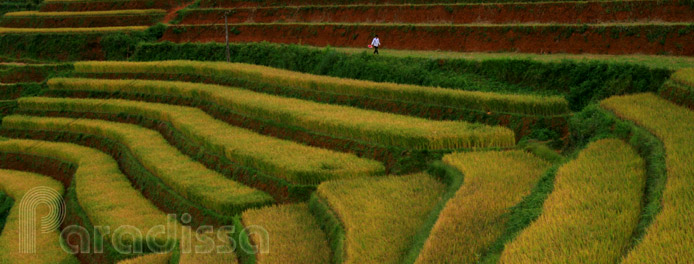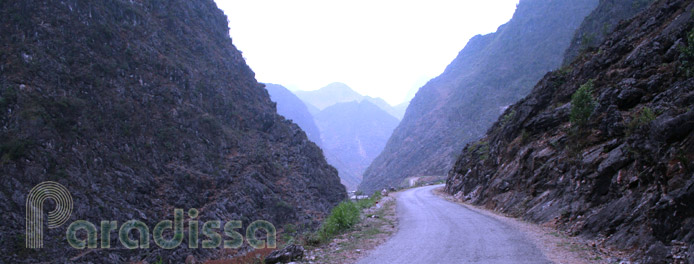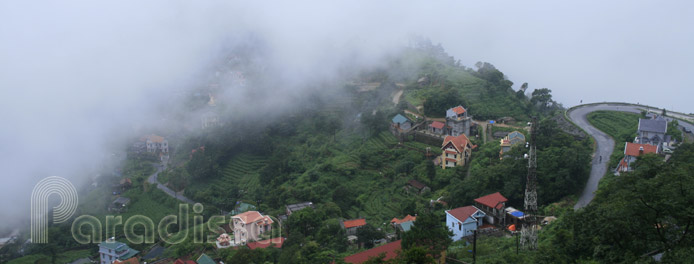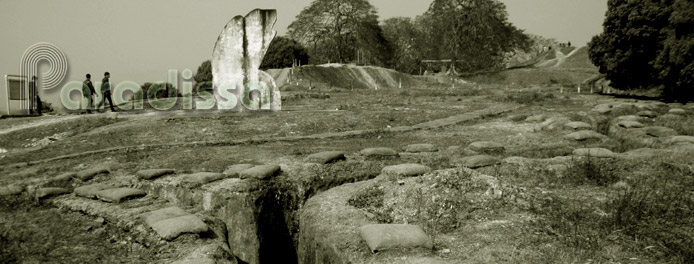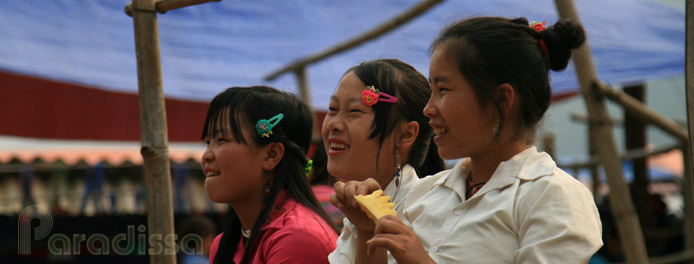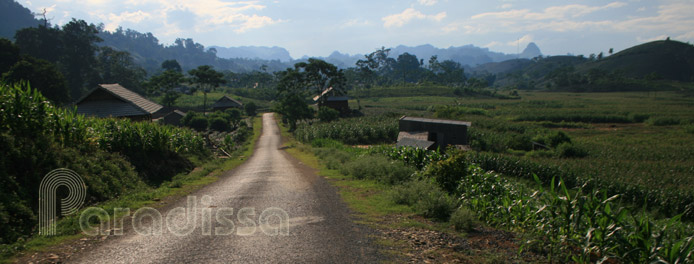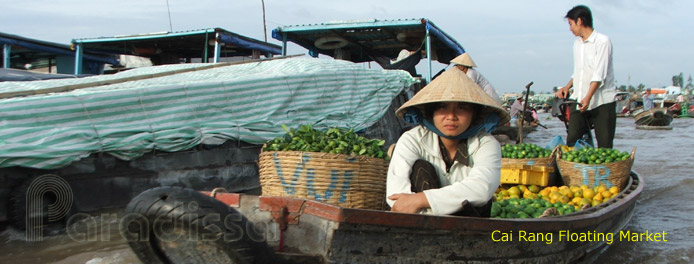Traditional festivals are considered the traditional cultural activities of all countries, including the Vietnamese people. They involve all social classes, urban and rural alike, and have become a necessary part of people's lives for many centuries.
As in other countries, in the context of an agricultural economy, traditional festivals of the Vietnamese people are usually linked to the cycle of crops.
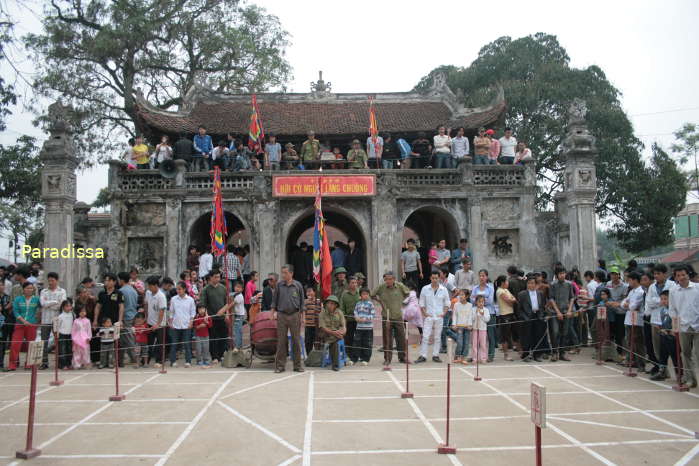
In the northern plains of Vietnam, where two crops are gathered in a year, spring (early February to March) and autumn (August and September) are periods when paddy plants have already been transplanted and the farmers are waiting for growing weather to do its work. The traditional festivals held in spring and autumn reflect the peasants' hope for a bumper crop and prosperity.
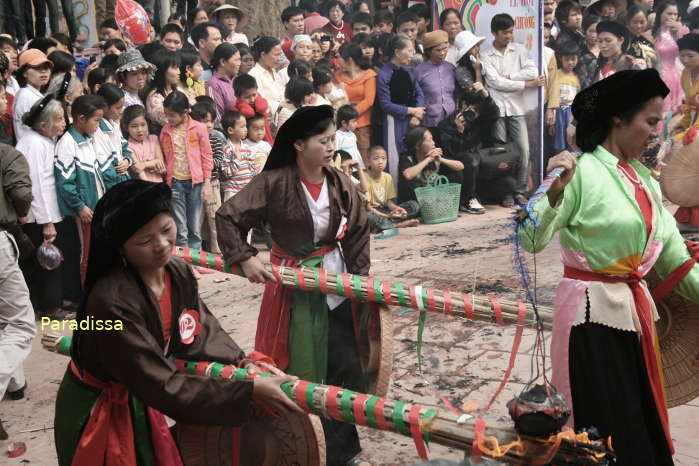
Festivals have a cyclical calendar which is seasonal in character. Nowadays festivals is mainly in the spring time as life style has changed. People don't tend to have long holidays and festivals as they did in the past and the rest time between the 02 crops are shorter than before, hence autumn festivals are not held as often as in the past.

Festivals are a time to enjoy and learn about the people's unique crafts and skills such as the puppet shows of the Thay Pagoda Festival (Ha Tay) to the 'Xoan' folk songs of the Hung Temple Festival (Phu Tho), or the Phu Giay Festival 'Chau Van' folk songs, and the Lim Festival with its 'Quan Ho' folk songs. The drum beats used with traditional musical songs and dances create a driving energy during the festivals.




